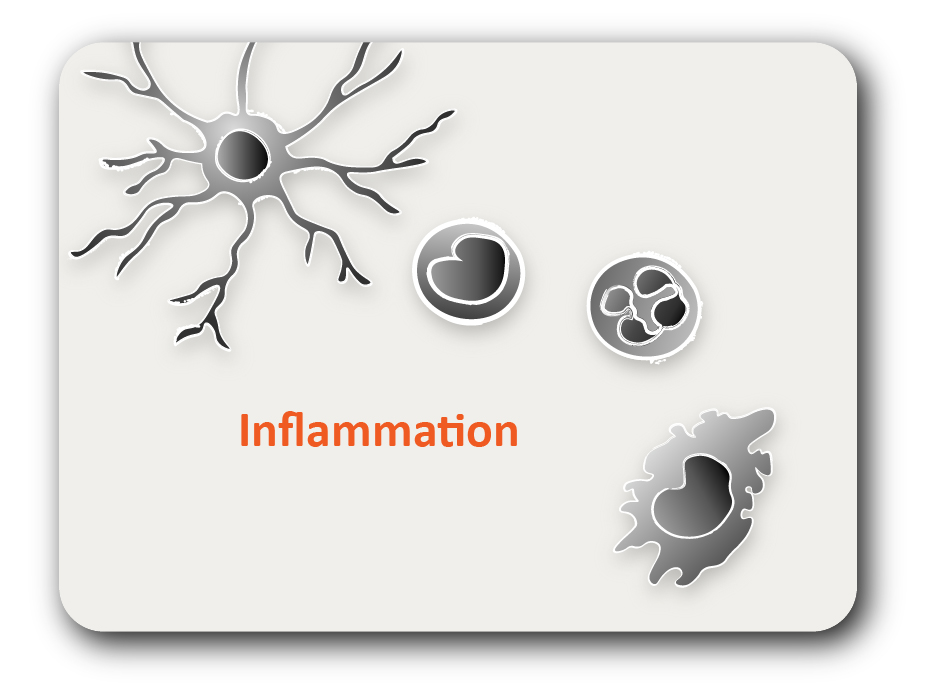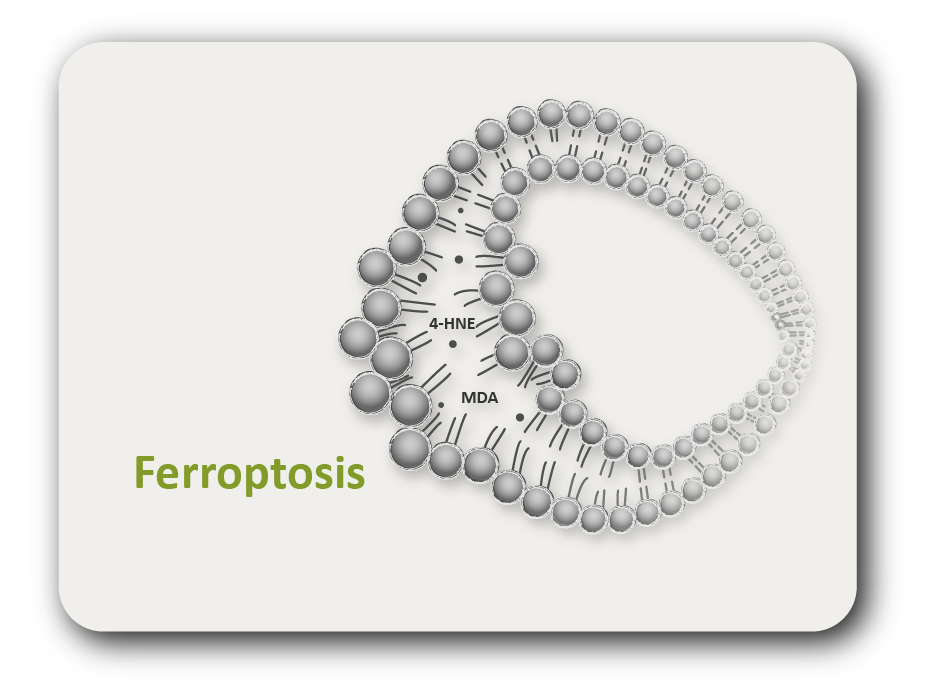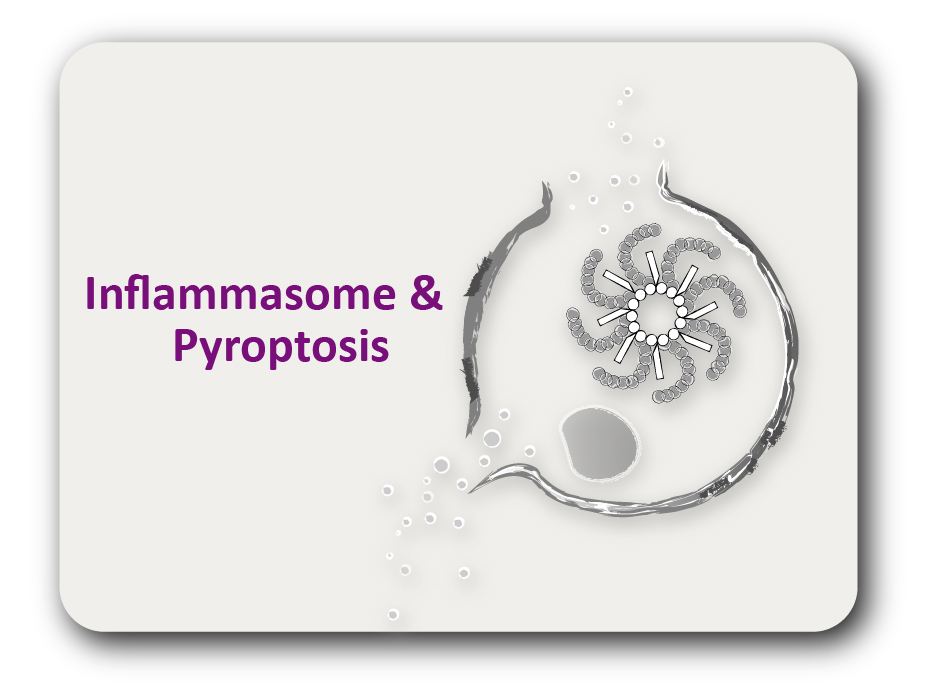ARG70517
Human CD300a recombinant protein (His-tagged)
Human CD300a recombinant protein (His-tagged) for SDS-PAGE
Overview
| Product Description | CHO expressed, His-tagged Human CD300a recombinant protein |
|---|---|
| Tested Application | SDS-PAGE |
| Target Name | CD300a |
| Species | Human |
| A.A. Sequence | Met1 - Ser128 |
| Expression System | CHO |
| Alternate Names | CD300A; CD300a Molecule; CMRF-35-H9; CMRF35H; IGSF12; CD300a Antigen; Irp60; IRC1; IRC2; Immunoglobulin Superfamily Member 12; CD300 Antigen-Like Family Member A; Inhibitory Receptor Protein 60; CMRF35-Like Molecule 8; NK Inhibitory Receptor; CMRF35-H9; IRC1/IRC2; CMRF35-H; CLM-8; CMRF35H Leukocyte Immunoglobulin-Like Receptor; Leukocyte Membrane Antigen; CMRF-35H; CMRF35H9; IgSF12; IRp60 |
Properties
| Form | Powder |
|---|---|
| Purification Note | Endotoxin level is less than 0.1 EU/µg of the protein, as determined by the LAL test. |
| Purity | > 95% (by SDS-PAGE) |
| Buffer | PBS (pH 7.4) |
| Reconstitution | It is recommended to reconstitute the lyophilized protein in sterile water to a concentration not less than 200 μg/mL and incubate the stock solution for at least 20 min at room temperature to make sure the protein is dissolved completely. |
| Storage Instruction | For long term, lyophilized protein should be stored at -20°C or -80°C. After reconstitution, aliquot and store at -20°C or -80°C for up to one month. Storage in frost free freezers is not recommended. Avoid repeated freeze/thaw cycles. Suggest spin the vial prior to opening. |
| Note | For laboratory research only, not for drug, diagnostic or other use. |
Bioinformation
| Gene Symbol | CD300A |
|---|---|
| Gene Full Name | CD300a Molecule |
| Background | This gene encodes a member of the CD300 glycoprotein family of cell surface proteins found on leukocytes involved in immune response signaling pathways. This gene is located on chromosome 17 in a cluster with all but one of the other family members. Multiple transcript variants encoding different isoforms have been found for this gene. [provided by RefSeq, Feb 2012] |
| Function | Negatively regulates the Toll-like receptor (TLR) signaling mediated by MYD88 but not TRIF through activation of PTPN6. [Uniprot] |





